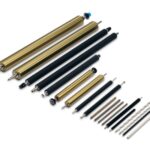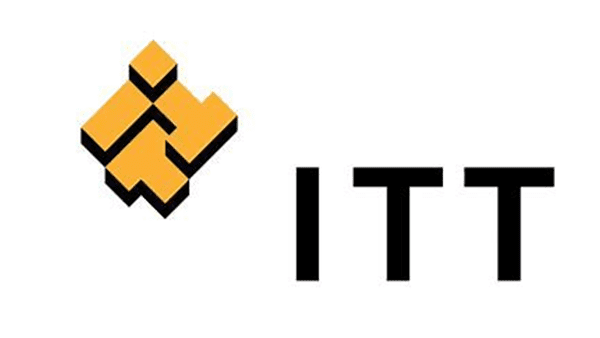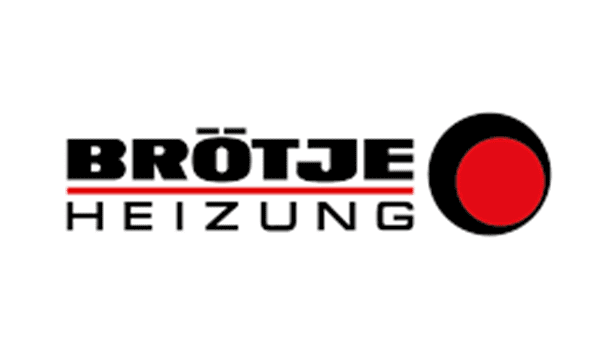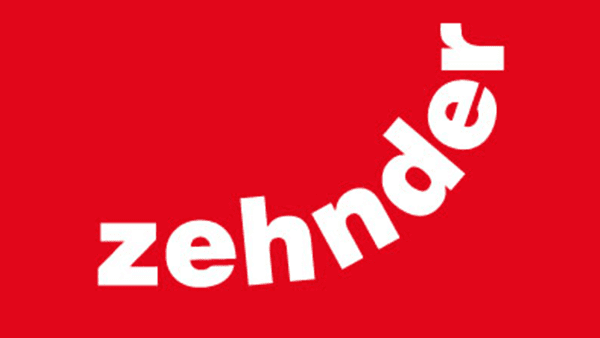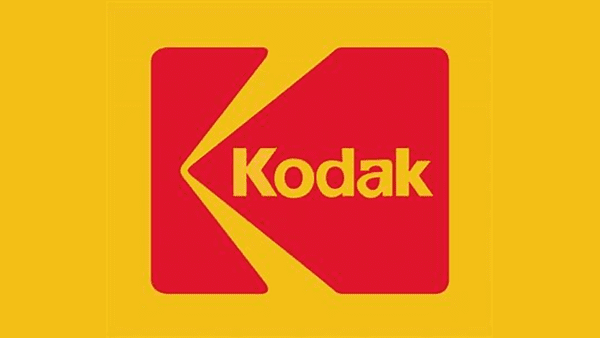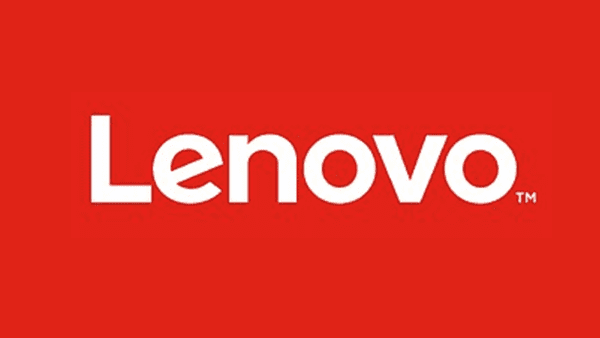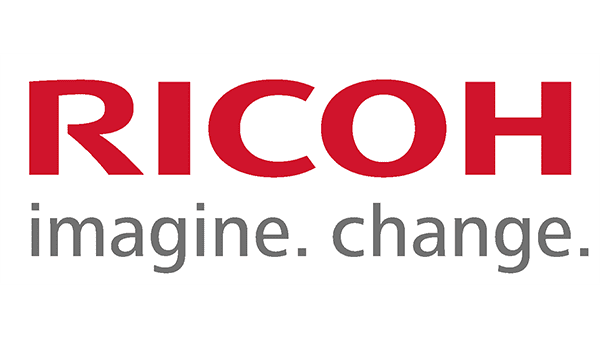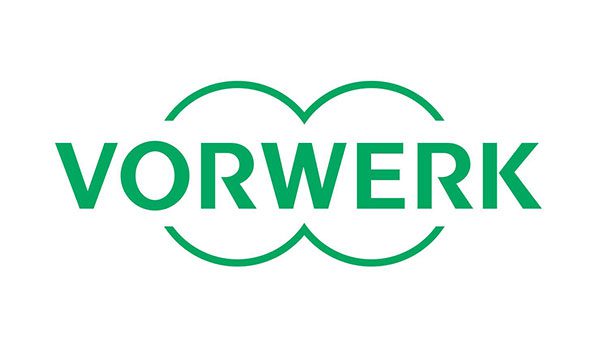Enbi Group, a leading name in charge roller solutions for the printing industry, has fostered unparalleled collaborations with top printing OEMs and premier suppliers globally. Central to our principles is the belief that leadership in the printing sector is deeply connected to the quality of our components.
Our proficiency ranges from cutting-edge Inertia Welding to charge roller manufacturing and related technologies. Catering to the global printing sector, we ensure a reliable supply chain through our broad international presence. From our North American center, we distribute to every major continent.
We persistently champion innovation, investing in the latest equipment and methodologies to uphold our commitment to quality, speed, and efficiency. This is the Enbi trademark of excellence and leadership – always benefiting our clientele.
What is a Charge Roller?
A charge roller is a crucial component in laser printers and copiers that plays a fundamental role in printing. It transfers an electrical charge to the photoconductive drum or belt, ensuring that toner particles adhere to the drum and are subsequently transferred onto the paper. The charge roller consists of a cylinder or tube-shaped roller typically made of an elastomeric or compound material, often with a semi-insulating coating layer. This roller applies a uniform and controlled charge to the drum or belt, enabling precise and accurate reproduction of text and images on the printed page.
Charge rollers are an essential part of the printer’s charging system, and their quality directly impacts print quality. High-quality charge rollers are reliable, durable, and capable of maintaining consistent electrical charge throughout their lifespan, resulting in consistent and professional print output.
How Does a Charge Roller Work?
A charge roller is an essential component in a laser printer that plays a crucial role in printing. It distributes static charge to the OPC drum, removes residual static, and prepares for the next print job.
The charge roller applies an opposing charge to the OPC drum, coated with a photo conductive material. This charge allows the drum to attract and hold onto the toner particles needed to create an image. By evenly distributing the static charge, the charge roller ensures that the latent charge is evenly distributed on the drum, resulting in a high-quality toner distribution on the OPC drum.
In summary, the charge roller is integral to the laser printing process. It functions by distributing static charge to the OPC drum, removing residual static, and ensuring that the toner is evenly distributed for optimal print quality. The combination of AC and DC charges allows for efficient printing and reliable performance.
Using a charge roller in laser printers offers several benefits essential for high-performance and reliable printing.
A charge roller provides stable electrical conductivity, ensuring consistent and reliable performance. This stability is crucial in maintaining the accuracy and quality of printed documents.
Secondly, the charge roller is vital in distributing static to the OPC drum. Applying an opposing charge helps attract and hold onto the toner particles needed for image creation. This even static charge distribution guarantees that toner is evenly distributed on the drum, resulting in sharp and clear prints.
Additionally, it prevents arcing damage. Arcing can occur when an electrical discharge jumps between two conductive surfaces and can cause significant damage to the drum.
In conclusion, the benefits of using a charge roller in laser printers include stable electrical conductivity, the ability to distribute static and remove residual static, and protection for the OPC drum. These advantages are crucial for achieving high-quality prints and ensuring the reliable performance of laser printers.
Charge rollers come in various types to cater to printing needs and technologies. The primary charge roller applies the initial charge to the OPC drum, ensuring accurate and consistent performance. On the other hand, transfer rollers facilitate toner transfer from the drum onto the paper.. which ensure smooth paper feeding, and charge roller units designed for specific printer models. Regardless of the type, charge rollers are crucial components in the printing process, ensuring optimal print quality and longevity of the printing equipment.
Primary Charge Roller
The Primary Charge Roller (PCR) is a crucial component in the printing process. It is integral in distributing static charge to the Organic Photoconductor (OPC) drum and
The PCR typically comprises a metal shaft and a conductive elastomer with a semi-insulating coating. This combination allows the roller to distribute the required static charge to the OPC drum efficiently. ensures a consistent and reliable charge transfer.
During the printing process, the PCR rotates against the OPC drum. As it turns, it applies a controlled amount of charge to the drum’s surface, allowing the formation of electrostatic images. This step prepares the drum for the subsequent transfer of toner particles and ensures accurate and high-quality prints.
In summary, the Primary Charge Roller is a vital component in the printing process, responsible for distributing static charge to the OPC drum Its composition, consisting of a metal shaft and a conductive elastomer with a semi-insulating coating, enables efficient and reliable performance, making it an essential part of a printing system.
Transfer Roller
The Transfer Roller is a vital component of a printer’s imaging system. The Transfer Roller is crucial in printing, composed of a metal shaft and a rubber or elastomeric material.
It transfers toner particles from the imaging drum onto the paper. As the paper passes through the system, the Transfer Roller applies pressure to ensure a consistent and efficient toner transfer. This transfer is made possible by the materials used in the construction of the roller, which allow for optimal adhesion and facilitate the smooth movement of the toner particles.
Working with the primary charge roller and other imaging components, the Transfer Roller ensures accurate and high-quality prints. It helps to evenly distribute the toner onto the paper, resulting in sharp and clear images or text.
Different types of Transfer Rollers are available, including those designed for specific printer models or brands. Choosing the right Transfer Roller is crucial to ensure compatibility and optimal performance. It is also important to regularly maintain and clean the Transfer Roller to prevent any build-up of toner or debris, which can affect print quality.
In summary, the Transfer Roller is an essential component that facilitates toner transfer from the imaging drum to the paper. Proper functioning, regular maintenance, and cleaning ensure high-quality prints and prolong the printer’s lifespan.
Pickup Rollers
Pickup Rollers are essential in printing devices that play a crucial role in paper feeding. Their primary function is to grip and pick up paper from the paper tray and advance it through the printer.
These rollers ensure smooth operation by maintaining a consistent and reliable paper feed. They apply pressure to the paper, helping to prevent multiple sheet feeding or paper jams. By gripping the paper firmly, pickup rollers facilitate the movement of paper through the printer, ensuring accurate alignment and preventing misfeeds.
Pickup rollers are typically made of durable rubber or composite materials. The rubber material roller provides sufficient friction to grip the paper effectively, while the composite material offers enhanced durability and longevity. Some pickup rollers feature a semi-insulating coating, which prevents static build-up and reduces the potential for paper jams.
In summary, pickup rollers are integral to the paper-feeding process in printers. They ensure smooth operation by gripping and advancing the paper, preventing misfeeds and jams. Understanding the different types of pickup rollers will help users select the appropriate replacement or maintenance parts for their printers.
Choosing the Right Charge Roller for Your Needs
Choosing the right charge roller for your printer ensures optimal printing performance. With various types of charge rollers available in the market, it’s crucial to understand their characteristics and how they can impact printing quality and longevity
Reliability Considerations for a Charge Roller
When assessing the reliability of a charge roller, there are key factors to consider. One important factor is the stable electrical conductivity of the roller. This ensures consistent and efficient charging of the OPC (Organic Photoconductor) drum, resulting in high-quality prints.
Additionally, the charge roller should demonstrate high performance under various operating conditions. This means that it should be able to function optimally in different temperatures and humidity levels, providing reliable and consistent performance.
One way to achieve this is by using a conductive elastomer material for the charge roller. This material ensures stable electrical conductivity and offers durability and resistance to wear and tear.
A charge roller may have a semi-insulating coating to protect the OPC drum from arcing damage. This coating acts as a barrier to prevent electrical arcing between the roller and the drum, ensuring the longevity of both components.
In conclusion, when considering the reliability of a charge roller, stable electrical conductivity, and high performance under various conditions, using a conductive elastomer material and a semi-insulating coating are essential. By evaluating these aspects, you can ensure the charge roller’s effectiveness and longevity in your printing application.
Comparing Different Models and Brands of Charge Rollers
When it comes to charge rollers, there are various models and brands available in the market. Each model and brand comes with its own set of features, specifications, and performance. To help you make an informed decision, let’s compare some top performers regarding reliability and customer satisfaction.
While both models have advantages, it’s important to consider your specific needs and preferences when choosing a charge roller. Budget, compatibility, and product warranty should also be considered.
In conclusion, when comparing different models and brands of charge rollers, it’s crucial to analyse their features, specifications, and performance to find the best fit for your printer.
Factors to Consider When Selecting a Charge Roller
When selecting a charge roller, several key factors should be considered. One of the most important factors is the composition of the roller itself. The materials used in the roller can greatly impact its performance. Choosing a roller made from high-quality materials that offer excellent electrical conductivity is crucial. Conductive elastomeric materials are often preferred for their stability and durability.
Another important factor to consider is the thickness of the compound layer on the roller. The compound layer provides additional protection and enhances the roller’s durability and reliability. Thicker compound layers are generally more effective in preventing wear and tear, prolonging the roller’s lifespan.
Reliability is another crucial attribute to look for in a charge roller. A reliable roller will ensure consistent and high-quality performance, even under different operating conditions. Additionally, compatibility with OEM printers is essential to ensure proper functioning and compatibility with the specific printer models.
Lastly, it is important to consider arcing damage prevention. Arcing damage can occur when improper electrical conductivity between the roller and the OPC drum. To prevent this issue, charge rollers with a semi-insulating coating are recommended. This coating protects the OPC drum from damage caused by arcing and ensures a longer lifespan for both the roller and the drum.
When selecting a charge roller, considering these factors – composition, materials, compound layer thickness, performance, reliability, electrical conductivity, compatibility, and arcing damage prevention – will help ensure optimal performance and longevity.
Get a Quotation
Let us know about your charge roller requirements.

Find your local Enbi facility to enquire about our Charge Rollers.

Urgent technical question? Contact our experienced engineers for advice.


